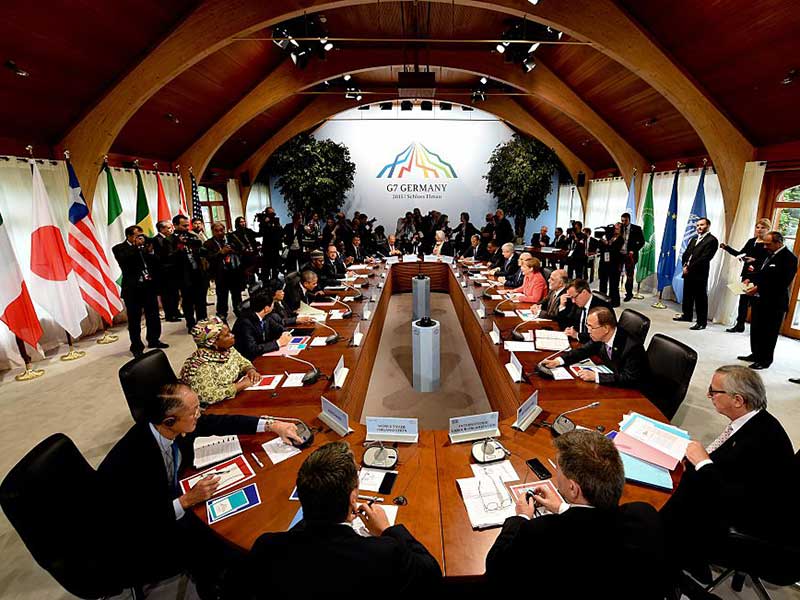
According to data published on May 22 by the Organisation for Economic Cooperation and Development (OECD), growth rates across the 35 members dipped in the first quarter of 2017. The provisional data estimates growth across the OECD area at 0.4 percent for the first quarter of this year, down by 0.3 percent from the final quarter of 2016.
The deceleration was largely driven by a slow start to 2017 in both the US and the UK. The US registered growth of just 0.2 percent, down from 0.5 percent in the final quarter of 2016, while the UK’s growth fell from 0.7 percent to 0.3 percent over the same period. However, this downturn was fairly broad-based, with five of the major seven economies posting slower growth at the start of 2017. Of the seven, only Germany and Japan posted an uptick in growth.
Despite this, year-on-year growth remained stable at two percent, with the UK recording the highest annual rate of 2.1 percent, while Italy and France posted the lowest at 0.8 percent. Indeed, the figures come against a backdrop of broadly stable momentum, and a sustained decrease in the OECD area’s unemployment rate.
Of the major seven economies, only Germany and Japan posted an uptick in growth
In 2014, OECD unemployment stood at 7.4 percent, dropping to 6.8 percent in 2015 and to 6.3 percent in 2016. By the first quarter of this year, OECD unemployment had hit 6.1 percent. Youth unemployment within the OECD has also followed a downward trend in recent months, now standing at 12.1 percent – only 0.1 percent above rates seen in 2008 before the financial crisis.
Forecasts for global growth are also positive, with the International Monetary Fund recently upgrading its growth projection for the world economy to 3.5 percent. Further, according to the OECD’s Composite Leading Indicators, which are designed to anticipate turning points in economic activity, the area is likely to experience “stable growth momentum” over the coming six to nine months.
Thus, while the figures demonstrate a lacklustre start to 2017, underlying trends point to a continued recovery. As a result, the recent slowdown is likely to be a minor glitch rather than a substantial setback.


